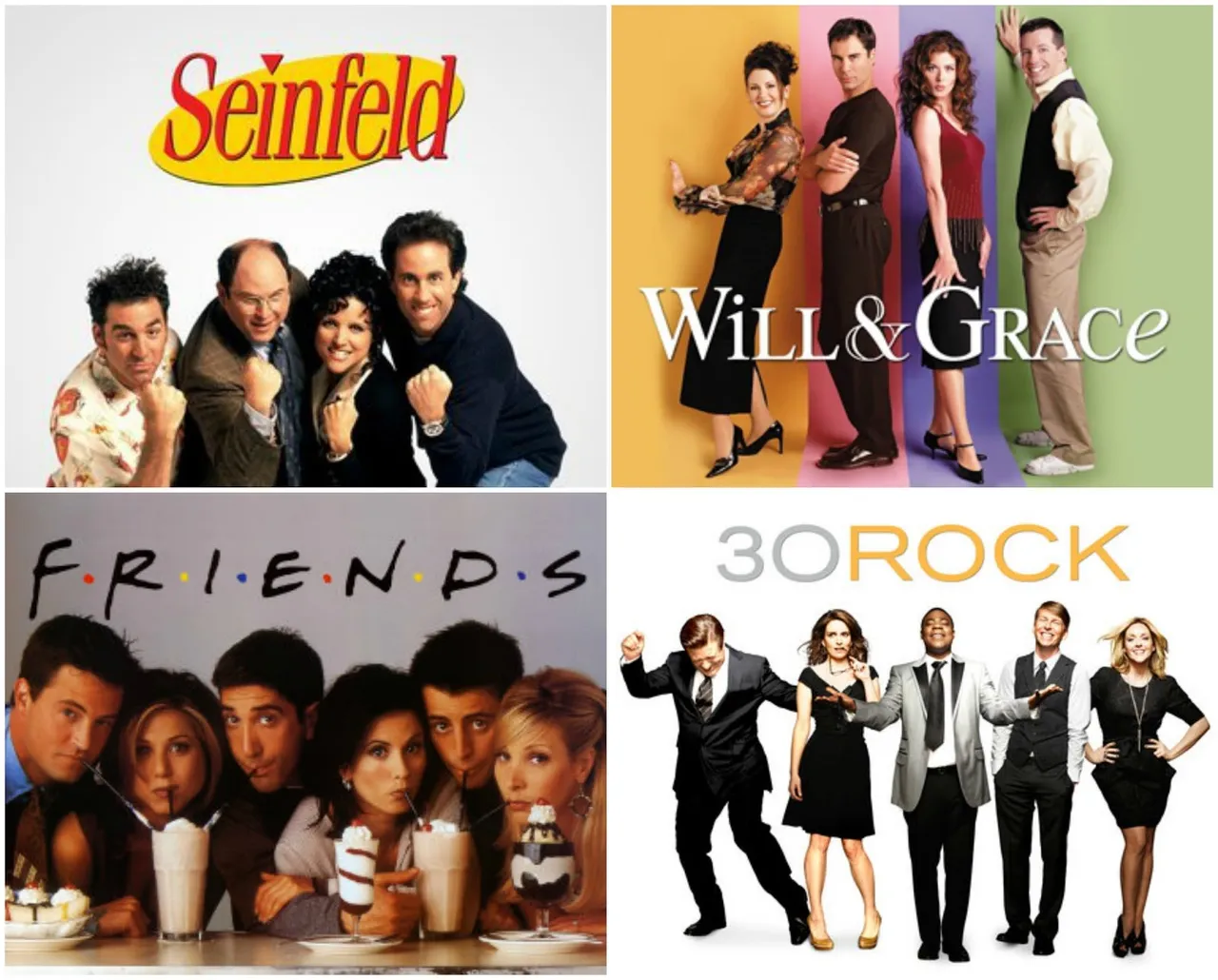
Sitcoms, or situational comedies, are a staple of television programming, providing audiences with lighthearted humor and familiar characters. These shows typically feature a recurring cast of characters who navigate everyday situations, often exaggerated for comedic effect. Sitcoms typically run for 22-30 minutes per episode, with a straightforward storyline that resolves within the episode, leaving no cliffhangers or unresolved plotlines.
The humor in sitcoms stems from the characters' interactions and the situations they encounter. These situations are often relatable to viewers, creating a sense of connection and empathy. Sitcoms often poke fun at everyday occurrences, such as family dynamics, workplace relationships, and personal quirks, making the humor accessible and enjoyable for a wide audience.
Sitcoms frequently employ a live studio audience and a laugh track to enhance the comedic effect. The live audience's laughter adds to the sense of humor and encourages viewers to react similarly. The laugh track, while sometimes criticized for its artificiality, serves a similar purpose, providing cues for the audience and amplifying the comedic moments.
Sitcoms typically involve a team of writers, with a head writer responsible for overseeing the show's overall direction and tone. The head writer develops the characters, storylines, and overall atmosphere of the show, ensuring consistency and coherence throughout the series.
Sitcoms have remained a popular genre of television comedy due to their relatability, escapism, and ability to provide lighthearted entertainment. These shows offer a break from the stresses of everyday life, allowing viewers to connect with familiar characters and laugh at their shared experiences. Sitcoms continue to evolve and adapt to changing tastes, ensuring their continued popularity in the ever-expanding landscape of television programming.
History
he history of sitcoms, or situational comedies, is a long and rich one, dating back to the early days of radio and evolving alongside the ever-changing landscape of television programming.
- Early Radio Sitcoms: Setting the Stage for Laughter
The roots of sitcoms can be traced back to the early days of radio, where shows like "Amos 'n' Andy" and "Fibber McGee and Molly" captivated listeners with their quirky characters, humorous banter, and relatable situations. These radio sitcoms laid the foundation for the genre, establishing the use of recurring characters, familiar settings, and everyday situations as a framework for comedic storytelling.
- Transition to Television: A New Era of Sitcom Excellence
In the 1940s, the emergence of television as a mass medium brought a new stage to the evolution of sitcoms. One of the most influential and groundbreaking sitcoms of this era was "I Love Lucy," starring the dynamic duo of Lucille Ball and Desi Arnaz. The show revolutionized the genre by utilizing a three-camera setup, allowing for more dynamic filming and a more immersive viewing experience. It also popularized the use of a live studio audience, whose immediate reactions added to the comedic energ yand provided a natural rhythm to the show.
- The Golden Age of Sitcoms: From Family Dynamics to Social Issues
Throughout the 1950s and 1960s, sitcoms flourished, becoming a dominant force in television entertainment. Shows like "The Honeymooners," "The Andy Griffith Show," and "Bewitched" captured the hearts of audiences with their relatable characters, humorous situations, and exploration of a wide range of themes, from family dynamics to social issues.
- Addressing Social and Political Realities: Sitcoms with a Conscience
In the 1970s, sitcoms began to take on a more serious tone, reflecting the changing social and political landscape of the time. Shows like "All in the Family" and "MAS*H" tackled sensitive topics such as racism, sexism, and war, using humor to spark conversations about important social issues and challenging societal norms.
- Workplace Sitcoms: A Reflection of Professional Life
The 1980s and 1990s witnessed the rise of workplace sitcoms, which explored the dynamics and humor of office life. Shows like "Cheers," "Friends," and "The Office" provided a relatable and often hilarious look at the everyday struggles, triumphs, and relationships that unfold within the professional sphere.
- Modern Sitcoms: Diversity, Mockumentary Style, and Beyond
In recent years, sitcoms have continued to evolve, embracing new trends and technologies while maintaining their core appeal of lighthearted humor and relatable characters. Shows like "Modern Family" and "Brooklyn Nine-Nine" have incorporated diverse casts and mockumentary-style filming, reflecting the changing face of society and offering fresh perspectives on familiar comedic themes.
- The Enduring Legacy of Sitcoms: Laughter, Connection, and Cultural Reflection
Sitcoms have remained a popular and enduring genre of television comedy, providing audiences with laughter, escapism, and a sense of connection with familiar characters. Their ability to adapt to changing times, reflect the diversity of modern society, and address social issues has ensured their continued relevance and popularity. As television continues to evolve, sitcoms will undoubtedly find new and creative ways to entertain, engage, and reflect the ever-changing world around us.
